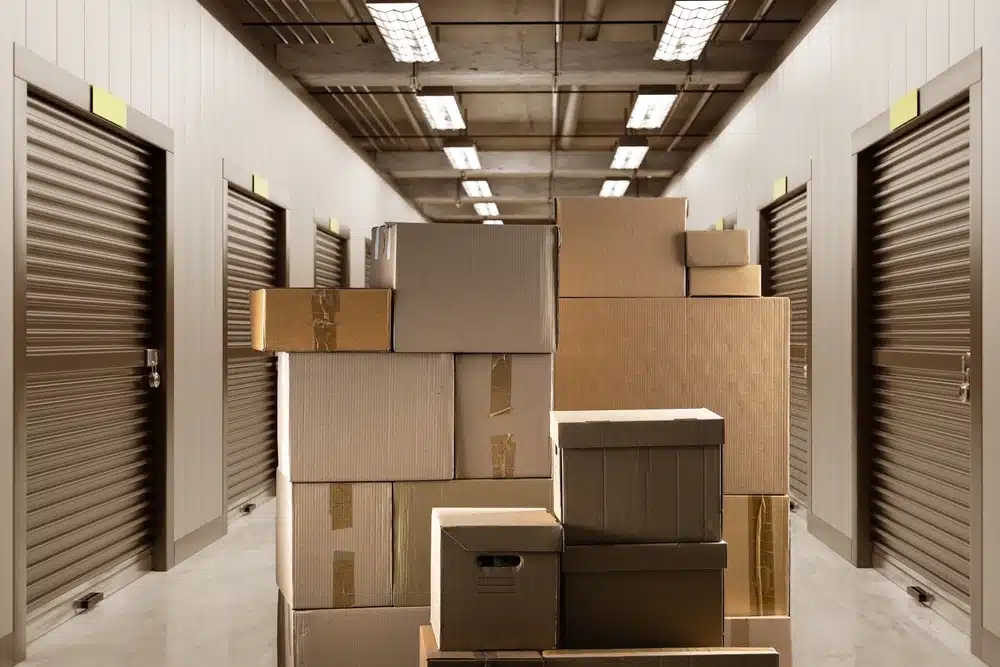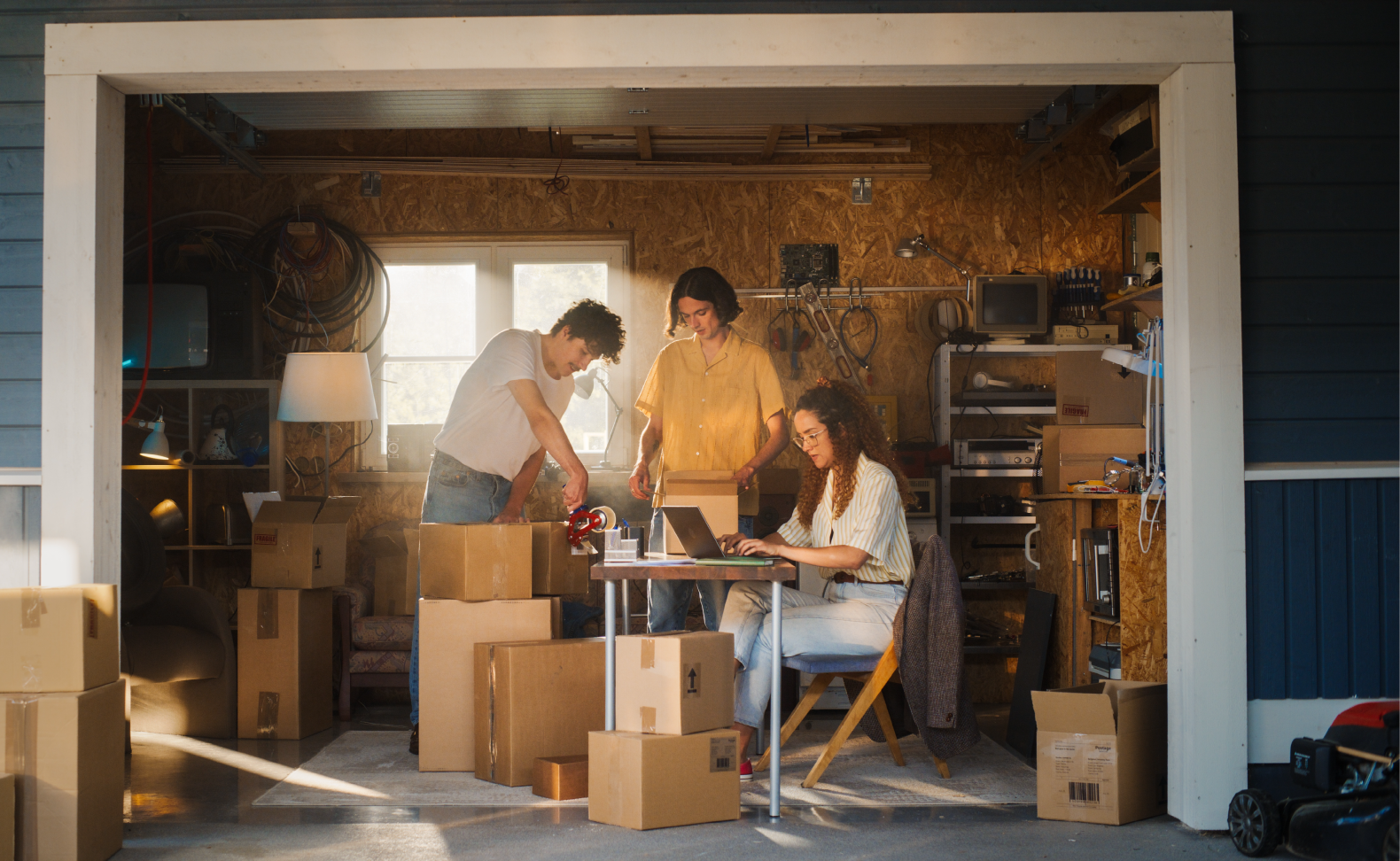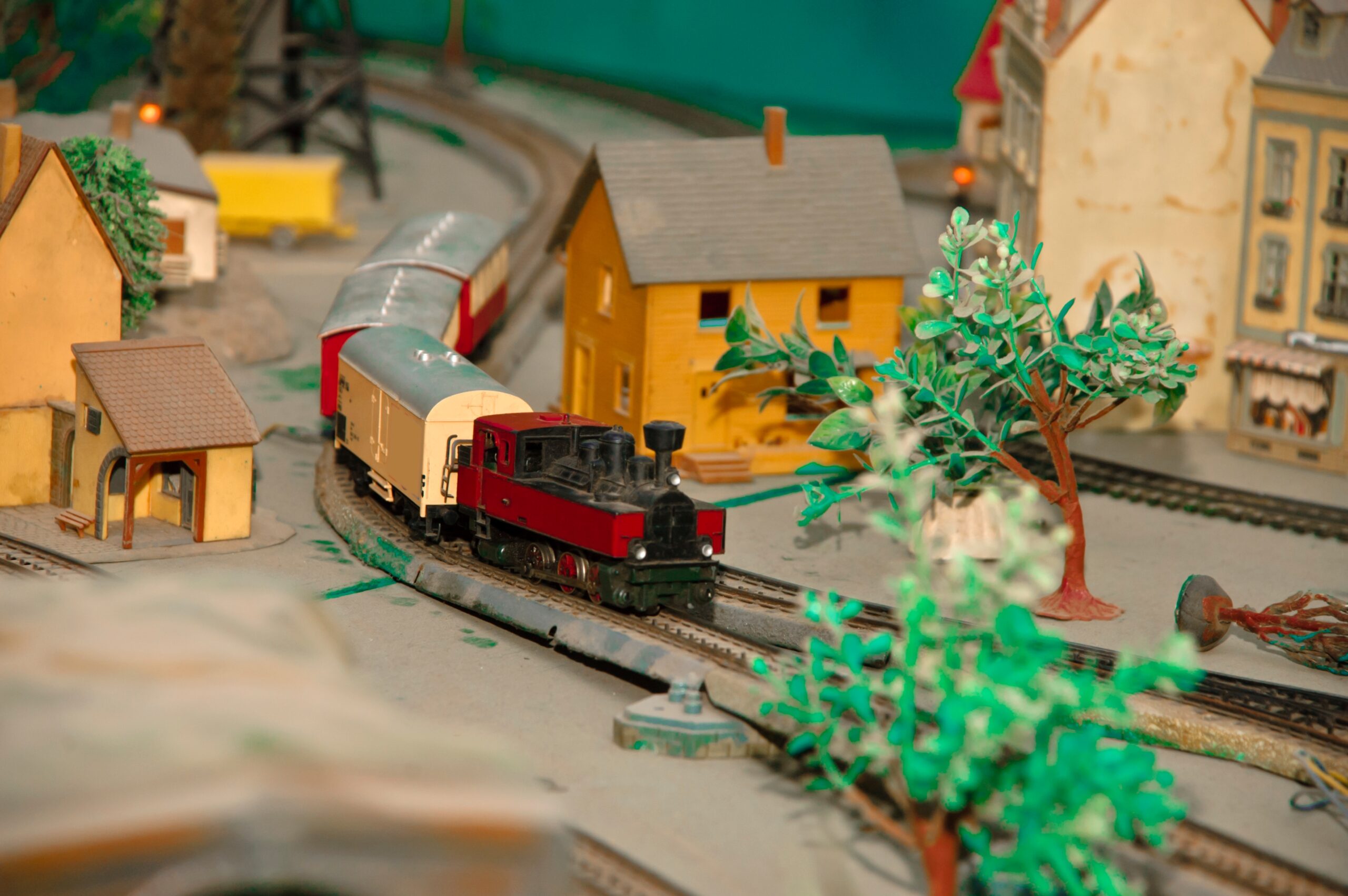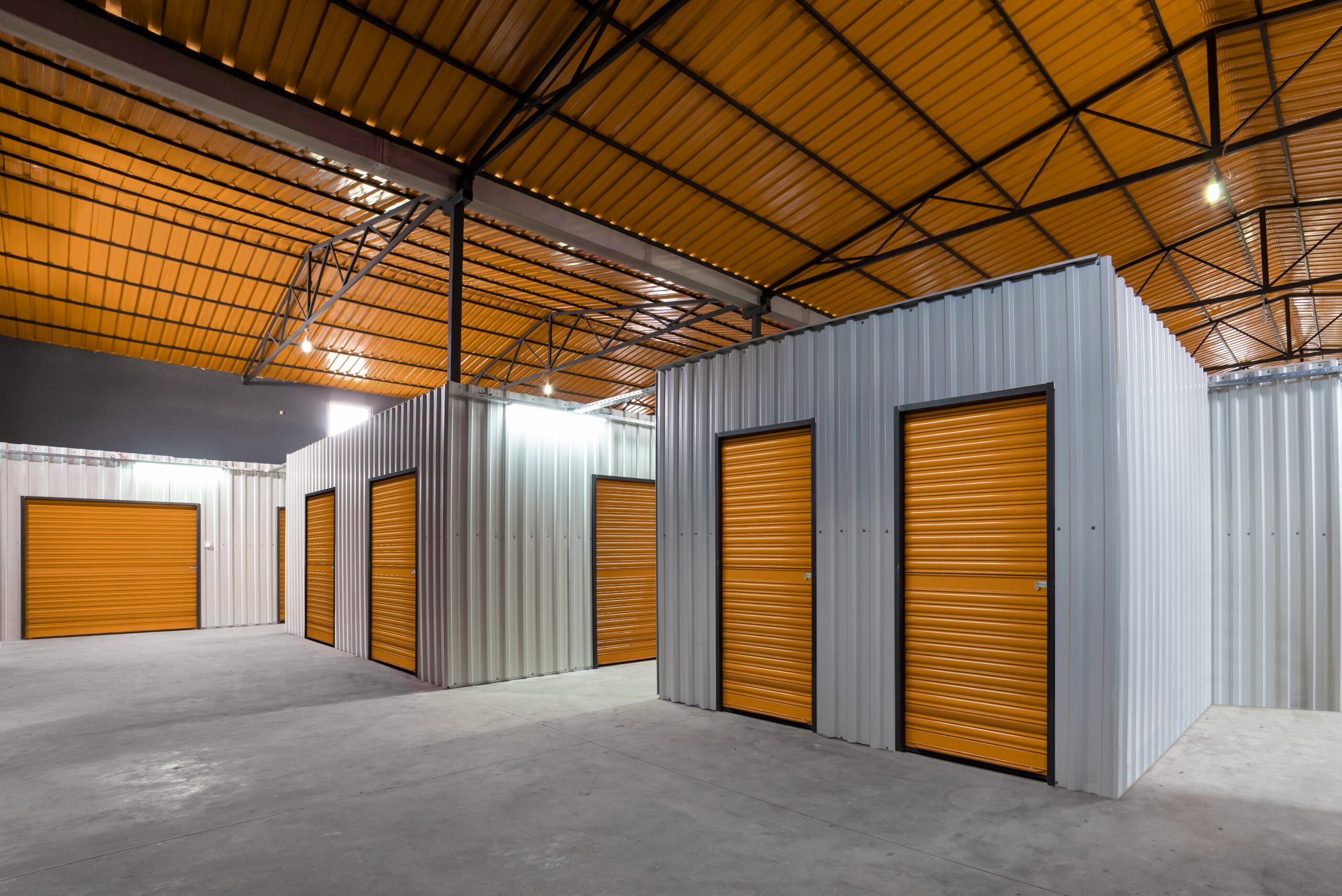Which of these sounds more familiar: trying to squeeze just one more holiday ornament into an already overstuffed closet or parking your car in a garage doubled as a storage unit for garden tools, sports equipment and maybe a box of old tax records?
Either way, if your place is starting to feel more “packed-to-the-rafters” than a “peaceful abode,” your best bet is renting extra storage space. That’s useful when planning to move or downsize too, as well as for businesses with too much inventory or equipment. But what size storage unit would that be? It shouldn’t be crammed but you don’t want to spend more than you need either.
So, are you ready to clear out that garage, declutter your workspace or even get started with a move/downsizing? Let’s go over storage unit dimensions and space-saving storage tips for all your seasonal items and extra pieces of furniture that need a home away from home.
Understanding Storage Unit Dimensions
Need a quick way to figure out how much storage space you need?
Check out the rundown below. We’ve detailed each unit size to help you see what fits best for your stuff — from a few holiday decorations that need compact storage solutions to the entire contents of your home.
| Unit Size | Square Footage | Suitable For | Capacity Description | Example Items Stored |
|---|---|---|---|---|
| 5x5 | 25 sq. ft. | Individuals needing a little extra space | Similar to a small closet, ideal for limited items | Seasonal decorations, sports gear, small furniture, holiday yard decor, several moving boxes |
| 5x10 | 50 sq. ft. | Small apartment dwellers, temporary transitions | Size of a large walk-in closet, fits contents from a studio or small apartment | Queen-size mattress, sofa, bike, chairs, 10-15 medium boxes |
| 5x15 | 75 sq. ft. | One-bedroom apartment contents, college dorm storage, small business inventory | Equivalent to a small bedroom, fits more furniture than a 5x10 with room for boxes | Bedroom set, dresser, dining table, couch, washer/dryer, 15-25 medium boxes |
| 10x10 | 100 sq. ft. | Households looking to store two-bedroom apartment contents | Half of a standard garage, fits a significant amount of household items | Large furniture sets, major appliances, 10-20 moving boxes or totes |
| 10x15 | 150 sq. ft. | Families needing to store contents from a small house for a move or during remodels | Comparable to a compact car garage, suitable for several large items and furniture | King-size mattress, living room set, motorcycle, large tools and appliances |
| 10x20 | 200 sq. ft. | Ideal for storing vehicles along with household goods or business inventory | Standard one-car garage size, offers ample space for mixed storage needs | One car, multiple bedrooms worth of furniture, appliances, 80-100 boxes |
| 10x25 | 250 sq. ft. | Large households, businesses needing extensive storage, vehicle storage with extra space | Larger than a standard garage, accommodates both vehicles and substantial household contents | Two cars or one large vehicle, full household furniture, business inventory |
| 10x30 | 300 sq. ft. | Businesses and large households, major transitions like relocation or downsizing. RV and boat storage. | Spacious enough for vehicle storage, whole house contents and commercial inventory | Full household furnishings, commercial equipment, large appliances, a vehicle, extensive boxes and inventory |
How much does it cost? For detailed and up-to-date info on self-storage pricing, check out our overview here.
Looking for smaller units? Learn about 3x3 units and storage lockers in our guide.
Tips for Choosing the Right Storage Unit Size
Choosing a storage unit might seem a little easier now with the sizes and examples laid out. Remember, it’s about finding a spot that holds all your items without squeezing them into a tight corner or wasting space — and money — on too much room.
If you still aren't sure, proceed with the following tips and you should be well on your way to picking the right size and achieving storage glory.
1. Take inventory
List out everything — from furniture to boxes. If it’s a big item, grab a tape measure and jot down the dimensions. Got odd shapes like lamps and bikes that don’t stack well? Keep them in mind.
Pro tip: The size of the moving truck you’re filling up can be a solid clue about the storage space you need. Packed a 25-foot truck? A 10x20 unit should handle it. Using a 15-foot truck? Drop down to a 10x10. If moving truck measurements and extra costs have you perplexed, check out these helpful moving apps to relieve some of the pressure.
2. Measure wisely
Figure out whether to measure in square feet (floor space) or cubic feet (including height) depending on what is stackable or not. Either measure your collective pile of belongings or individual items and add them up.
Use an interactive calculator to help, and remember: you may need more space for storing large items than if you have a whole bunch of small ones that you can pile in boxes. For instance, mattresses need to be laid flat with no weight on top.
Pro tip: Before you lock in a unit, make sure you’ve maximized your household storage spots with nifty organizers. That last sweep through the attic or back closet might just free up enough space to opt for a smaller unit.
3. When in doubt, size up
Consider giving yourself some breathing room if the price jump to the next size isn’t steep. That extra space is gold for easy access and organization, especially if you might dig things out later.
Pro tip: Whenever you can, visit the unit first or at least use a tape measure and some painter’s tape to mock it up back home. Seeing the space in real life or a marked-out area can make sizing up much easier.
4. Plan for the future
Are you likely to add more items over time? Pick a unit that offers some flexibility and can handle a little growth — like room for unexpected furniture or a sudden influx of boxes.
Maximizing Storage Unit Space to Minimize Costs
Monthly costs can range widely — storing a few essential items might cost around $50 per month, while larger units can climb over $200. This is why it’s always important to balance the cost with the value of items being stored; sometimes, it’s cheaper to replace than store long-term.
But as long as you’ve decided to keep the items, cost-effectiveness boils down to choosing the right storage unit dimensions and incorporating these space-saving storage tips into your stacking strategy to avoid the need to upgrade to a larger, more expensive space in the near future:
- Use tall shelving units to stack boxes high and keep them well organized.
- Hooks, pegboards and hangers can turn wall space into extra storage for everything from tools to tennis rackets.
- Is furniture taking up too much room? Take it apart. Store pieces flat or vertically to save space, and wrap them up in blankets or protective wraps to keep them in top shape.
Note: The best storage units for furniture are climate-controlled, which will also influence the unit price.
Now You Know What Size Storage Unit You Need
As you can see, the ideal storage unit for apartments ranges from 5x10 for studios to 10x20 if you have two or three bedrooms. What you store also influences what size storage unit to get.
With some planning, careful measurements and our space-saving storage tips, you’ll get the right storage unit dimensions to suit your belongings and your wallet in a heartbeat.






